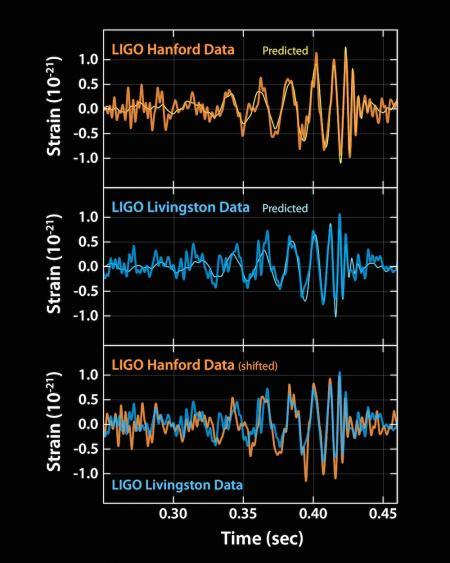The Importance of Gravitational Waves On the morning of September 14, 2015, the Laser Interfer
The Importance of Gravitational Waves On the morning of September 14, 2015, the Laser Interferometer Gravitational-Wave Observatory (LIGO), twin detectors located in Louisiana and Washington state, observed signals of ripples in spacetime. Also called gravitational waves, LIGO physicists have concluded that the waves were produced by the merger of two black holes. By analyzing the signals, it is estimated that the two black holes had a mass 29 and 36 times greater than the Sun and is located 1.3 billion light years away. Based on the small time difference between the two detectors, it was determined that the source is located in the southern hemisphere in the direction of the Magellanic clouds. 100 years ago, Albert Einstein predicted the existence of gravitational waves with his theory of general relativity. In the 1970s and 80s, Joseph Taylor, Jr. and colleagues demonstrated the existence of gravitational waves through the discovery and observation of a pulsar-neutron star binary system. Gravitational waves are important for studying regions of space that electromagnetic waves cannot reach. Such regions include, but are not limited to, the horizon of a black hole and the early moments of the Universe. If you missed the announcement, there are press releases from LIGO, NASA, CalTech, and the media. The press conference is available on YouTube. The discovery was accepted for publication in the Physical Review Letters journal and a repository of other papers are available from LIGO. If you enjoy coding, there is an iPython notebook about signal processing with open data from LIGO. Image: The plots show the signals recieved by each dectector, along with what is predicted by general relativity. The observed signals closely match the predictions. (Credit: LIGO) -- source link
Tumblr Blog : christinetheastrophysicist.tumblr.com
#science#gravitational waves#astrophysics
